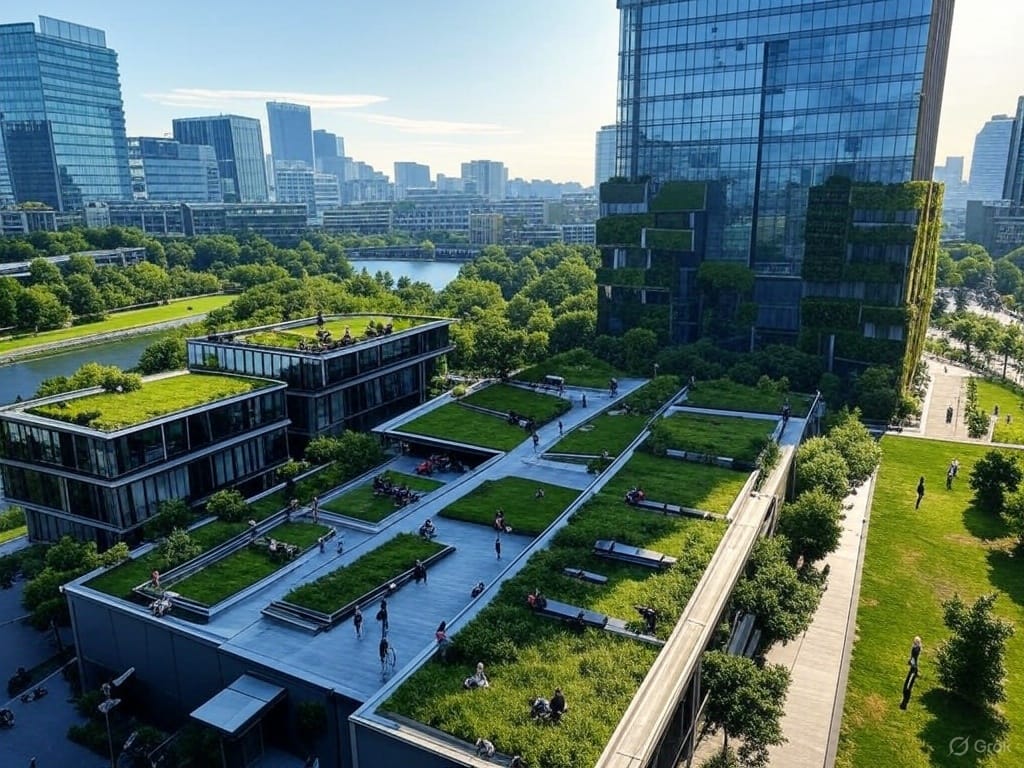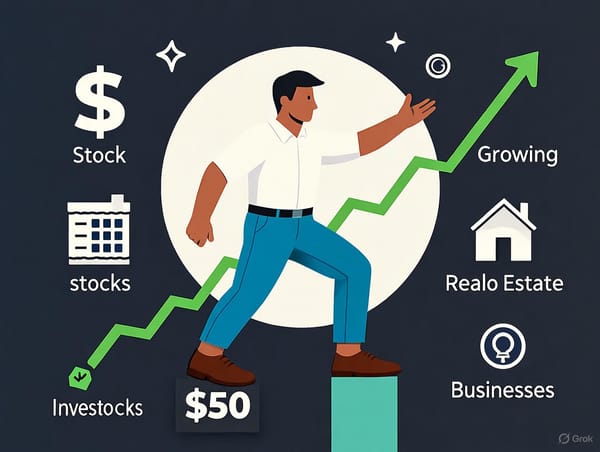Environmental Awareness
Environmental awareness empowers us to understand the planet’s interconnected systems, adapt to its changes, and make sustainable choices that secure a thriving future for all.

Our world is alive, dynamic, and ever-shifting. From the air we breathe to the soil beneath our feet, the planet’s systems are interconnected in ways that sustain life and shape our daily existence. Environmental awareness is about tuning into these systems—understanding how they work, how they’re evolving, and how our choices can harmonize with them. By deepening this knowledge, we equip ourselves to adapt to a transforming world and build a future where both we and the natural environment can flourish.
Understanding the Planet’s Living Systems
At its core, environmental awareness begins with curiosity about the world around us. The planet operates through a web of systems—think of the water cycle, the flow of nutrients through ecosystems, or the way weather patterns influence landscapes. These aren’t just abstract concepts; they’re the forces that grow our food, replenish our rivers, and regulate the air we depend on.
Take water, for example. It evaporates from oceans, forms clouds, falls as rain, and nourishes life before returning to the seas. Forests, meanwhile, act like lungs, filtering air and storing carbon, while soils teem with microorganisms that break down waste and sustain crops. These processes have been at work for millennia, but they’re not static. They shift with time, influenced by natural rhythms and human activity alike.
Understanding these systems isn’t about memorizing facts—it’s about seeing the bigger picture. When we grasp how everything connects, we can better anticipate changes and respond thoughtfully. It’s like learning the rules of a game: once you know how the pieces move, you can play smarter.
Adapting to a Shifting World
The planet has never been a still life painting—it’s more like a river, always flowing and reshaping itself. Seasons turn, landscapes evolve, and ecosystems adjust. Today, those shifts feel more pronounced, urging us to pay closer attention. Environmental awareness empowers us to navigate these changes rather than be caught off guard by them.
Adaptation starts with observation. Notice how local weather patterns affect your community’s water supply or how shifts in growing seasons impact what’s on your plate. These aren’t just inconveniences—they’re signals. By staying attuned, we can adjust our habits, whether that’s conserving water during dry spells or planting gardens that suit new conditions. Small actions like these ripple outward, strengthening our resilience.
But adaptation isn’t just about reacting; it’s about preparing. Knowledge of natural systems lets us plan ahead—building homes that withstand storms, designing cities that work with rather than against their surroundings, or choosing crops that thrive in evolving environments. It’s about staying one step ahead, ensuring we’re not just surviving but thriving.
Making Sustainable Choices for Today and Tomorrow
Awareness without action is like a map you never follow—it’s only useful if you use it. The choices we make every day, from what we buy to how we travel, shape the planet’s future. Sustainable living isn’t about perfection; it’s about intention. It’s asking: How can I align my life with the systems that sustain it?
Start with the basics. Opt for goods that last longer or can be repaired instead of replaced. Cut back on waste by reusing what you can—think cloth bags over plastic or refilling containers instead of tossing them. Energy matters too—simple shifts like air-drying clothes or choosing efficient appliances lighten the load on resources. These aren’t sacrifices; they’re investments in a world that keeps giving back.
Food is another powerful lever. Supporting local growers or eating what’s in season connects you to your region’s rhythms and cuts down on the energy needed to ship produce across continents. Even small tweaks—like eating more plants or composting scraps—nurture the soil and reduce strain on the system.
The beauty of sustainable choices is their scalability. What works for one person can inspire a household, a community, or beyond. It’s not about doing everything at once but starting where you stand and building from there.
Securing a Thriving Future for All
Environmental awareness isn’t just a personal tool—it’s a collective strength. When we understand the planet’s systems and act with care, we’re not only safeguarding our own lives but also laying a foundation for others. This is about legacy: a world where clean air, fertile land, and abundant water aren’t luxuries but givens.
Think of it as a gift to the next generation. The steps we take today—preserving forests, protecting waterways, reducing waste—ensure that those who come after us inherit a planet that’s still generous. But it’s not just about the distant future. These efforts pay off now, too, in healthier communities, more stable resources, and a deeper connection to the world we call home.
Collaboration amplifies this impact. Share what you learn with friends or join local efforts to restore green spaces. When we act together, our choices become a movement, weaving sustainability into the fabric of how we live.
The Path Forward
Navigating a changing planet doesn’t require a degree in science or a radical overhaul of your life. It starts with a willingness to learn and a commitment to act. Environmental awareness is power—the power to adapt, to sustain, and to thrive. It’s about seeing the planet not as a backdrop to our lives but as a partner we can work with.
So, take a moment to look around. Listen to the wind, watch the water, feel the soil. Ask questions: What’s changing? How can I help? The answers are there, waiting in the systems that surround us. By understanding them and choosing wisely, we don’t just secure a future—we shape one worth living in.





